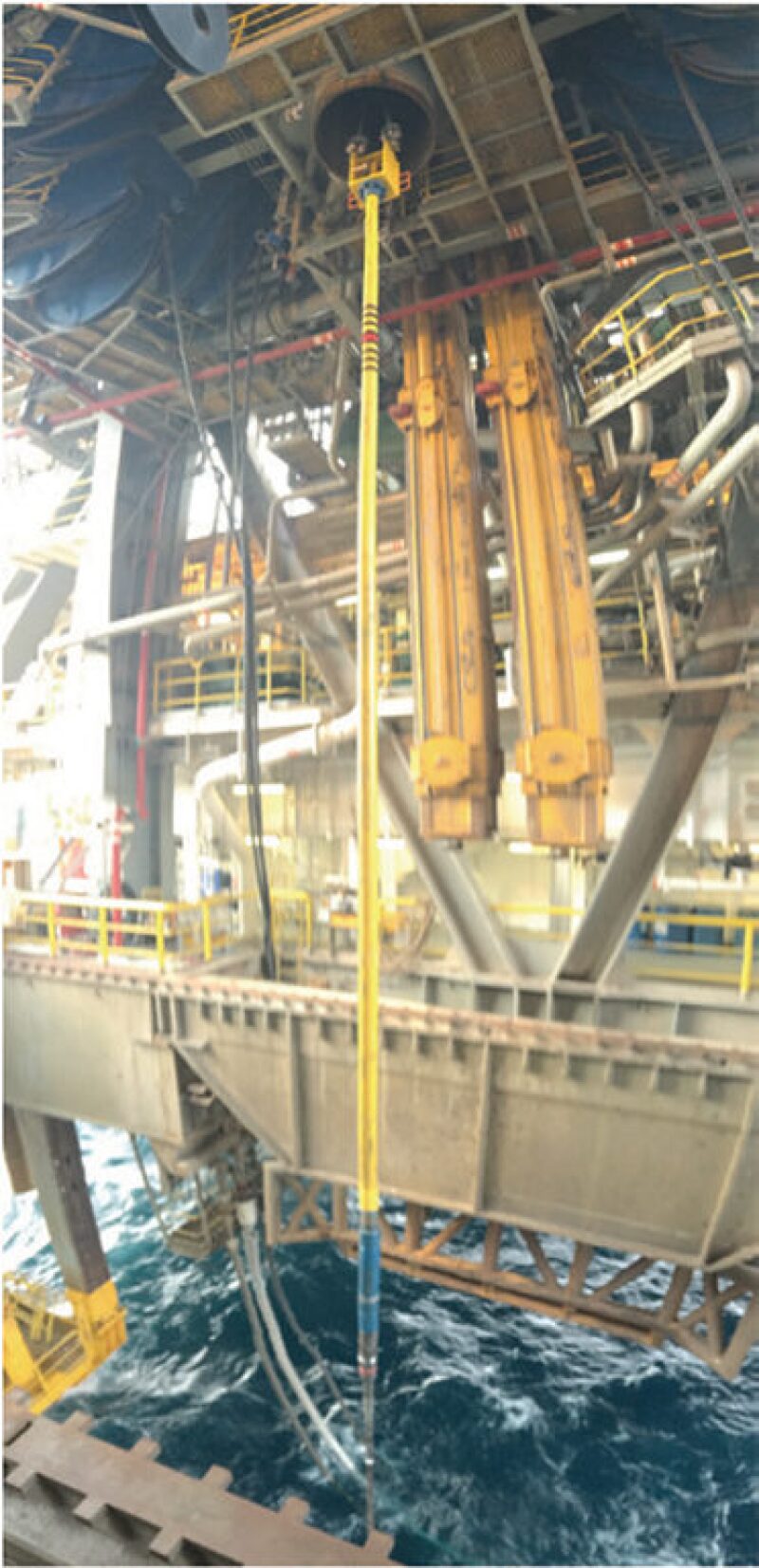Five depleted natural gas wells in water 7,000 ft have been plugged and abandoned using tools delivered by wireline, slashing the time and cost of the work in the Gulf of Mexico.
The work was done by Wild Well Control, part of Superior Energy Services, which developed the method along with Oceaneering to access and cement hard-to-reach spaces around complex offshore wells.
“We are taking riserless technology to its absolute limits,” said Martial Burguieres, vice president of marine well services for Wild Well. “We have come up with the cheapest and most efficient way to put a fully, government-sanctioned plug in well.”
By rethinking the process, which has often required a floating rig and riser to pull the casing before plugging the wellbore, Wild Well has been able to plug and abandon wells for about USD 10 million each for Marubeni Oil and Gas, which he said received bids up to USD 60 million per well.
Deepwater decommissioning is a young field; most wells have not yet reached the age where production has stopped and plugging is required. The industry is seeking methods that can cost-effectively plug wells in deep waters, in which the cost of fixing a leaking plug is punishingly expensive.
The starting point for these jobs is straightforward, remove production tubing and set a cement plug low in the well to temporarily abandon it. Completing the job is more complicated. Permanent plugging requires sealing all the possible leak pathways. In complicated deepwater well designs, there can be as many as four layers of casing, with hard-to-reach open spaces in between that must be cemented shut.
Removing the layers of steel addresses the requirement, but it is costly. Instead the Wild Well system accesses and cements those spaces, leaving the thick steel casing as part of the barrier.
To do so, Wild Well inserts a tool into the wells that perforates surrounding casing, runs fluid to clean out the annular area to be plugged, then runs a resin followed by cement to seal a space that exceeded the dimension required by the Bureau of Safety and Environmental Enforcement, the US offshore regulator.
The first two wells took longer than expected as Wild Well and Oceaneering worked out the kinks in the multicomponent system. But the next three easily beat its predicted times, which were lower than industry averages, according to the company’s presentation.
The method was created as a way to plug and abandon offshore wells without the high cost of deepwater rigs and risers. But the first job showed how the economics of the business have changed since oil prices and offshore drilling rates have sunk.
With floating rigs rates now comparable to the cost of the multiservice vessels that the method was designed to use, Burguieres said that at the request of their client, they used a floating rig, which provides a more stable platform.
Wild Well has four wells left on the nine-well contract. The work ahead becomes increasingly difficult. Over the first five wells, only one annular had to be plugged. Ahead are wells with two annulars, and one with three.
Based on land testing, he said Wild Well can perforate three casing walls in sequence—even if the pipe is out of line, creating uneven spaces.
The faster-than-expected plugging hastens the day when Wild Well will need to find some work. One possibility is an oil company with a couple of wells to plug holding a long-term contract on an underused deepwater drilling rig.
Burguieres would like to use a riser to deliver the DeepRange tool to demonstrate its performance in that environment, in hopes of broadening the possible uses of the tool.
The tool is one of several components developed to plug complex wells without a riser:
- The Well Intervention Control System built by Oceaneering, which is a “flightless” remotely operated vehicle lowered to the work site.
- The 7 Series device is used to control pressures during work and safely insert equipment into a well.
- The Concentric Circulating System is used to send fluid down to the well through a pipe inside the larger drilling pipe used to land the 7 Series and fluid circulation equipment.
- The DeepRange tool is a multifunction wireline tool used to perforate, circulate, and cement.


